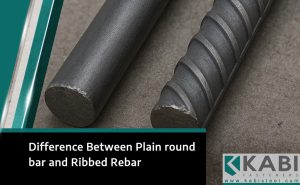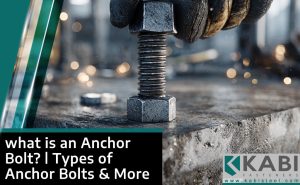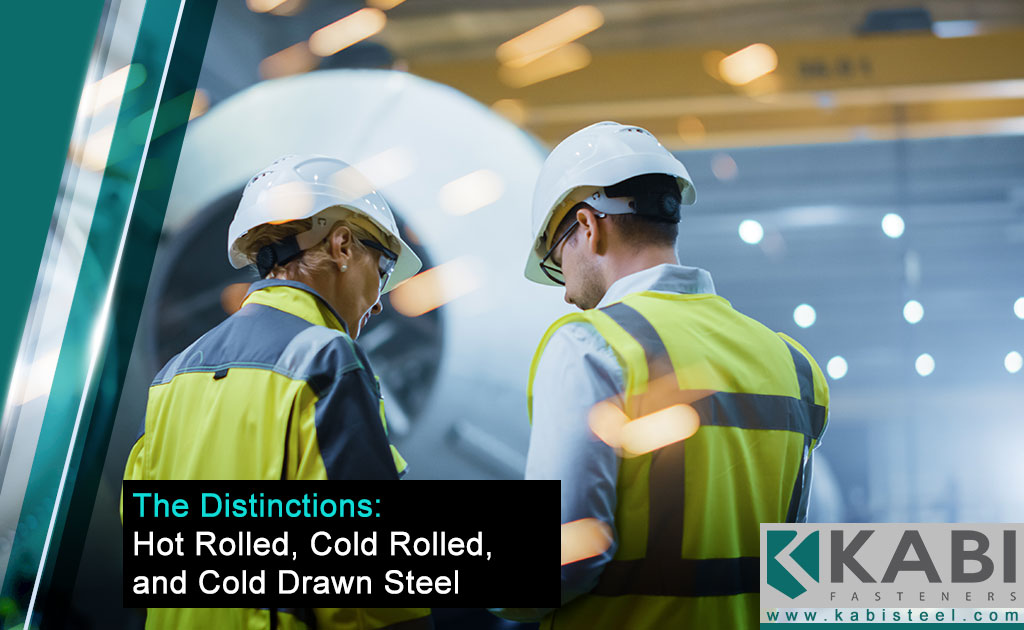In the dynamic landscape of steel manufacturing, various processes yield diverse properties and applications. Understanding the disparities between hot rolling, cold rolling, and cold drawing is essential for informed decision-making in material selection. In this comprehensive guide, we’ll elucidate the disparities between these techniques, explore their benefits, and examine their respective applications in manufacturing and product design.
Difference between Hot Rolled, Cold Rolled, and Cold Drawn Steel
Hot Rolled vs. Cold Rolled Steel vs. Cold Drawn Steel: What Sets Them Apart?
- Hot Rolled Steel: This method involves heating steel above its recrystallization temperature and passing it through rollers to shape it into the desired form swiftly.
- Cold Rolled Steel: Contrary to hot rolling, cold rolling transpires at room temperature, where steel undergoes compression between rollers to achieve precise dimensions and surface finishes.
- Cold Drawn Steel: Cold drawing entails pulling metal through a die at room temperature to reduce its cross-section and enhance its mechanical properties, particularly its strength and surface finish.
Benefits of Hot Rolled Steel:
- Cost-Efficiency: Hot rolling is a rapid and cost-effective process suitable for large-scale production.
- Enhanced Ductility: The high temperatures during hot rolling improve steel’s ductility, facilitating easier shaping.
- Structural Integrity: Hot rolled steel retains its structural integrity, ensuring robustness and durability in structural applications.
Cold Rolled Steel
Benefits of Cold Rolled Steel:
- Superior Surface Finish: Cold rolling produces a smoother surface finish, ideal for applications requiring aesthetic appeal.
- Tight Tolerances: Cold rolling offers precise dimensional control and tight tolerances, ensuring accuracy in the final product.
- Increased Strength: Cold rolling enhances steel’s strength and hardness, enhancing its mechanical properties.
Benefits of Cold Drawn Steel:
- Enhanced Strength: Cold drawing significantly improves steel’s mechanical properties, resulting in higher strength and hardness.
- Improved Surface Finish: The cold drawing process imparts a superior surface finish, making it suitable for precision components.
- Dimensional Accuracy: Cold drawn steel exhibits excellent dimensional accuracy and consistency, meeting tight tolerances in critical applications.
Manufacturing and Product Design
Application and Advantage of Each:
- Hot Rolled Steel: Preferred for structural components, construction materials, and railroad tracks due to its cost-efficiency and robustness.
- Cold Rolled Steel: Ideal for automotive panels, appliances, and furniture due to its superior surface finish and dimensional accuracy.
- Cold Drawn Steel: Widely used in shafts, precision components, and fasteners where strength, surface finish, and dimensional accuracy are paramount.
In conclusion, while hot rolling, cold rolling, and cold drawing are distinct processes, each offers unique advantages suited to specific applications. By understanding their disparities and benefits, manufacturers can make informed decisions in material selection, optimizing performance, and enhancing the quality of end products across various industries.






